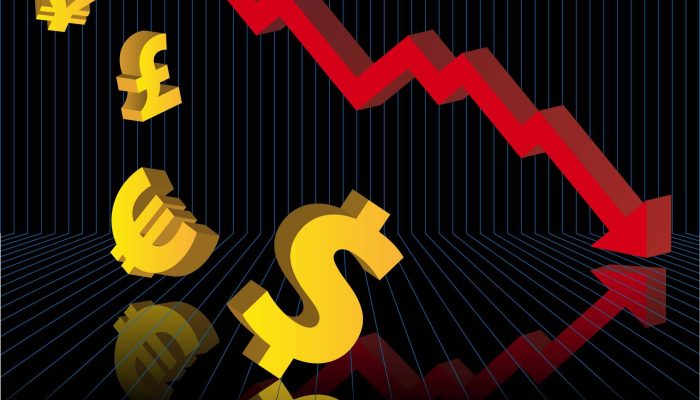Are The Central Banks Out Of Ammunition?

Posted March 11, 2016
Yesterday, the European Central Bank expanded its QE program by one-third and cut bank deposit rates deeper into negative territory. How did the markets react? Stock prices fell, while bond yields and the Euro rose – the exact opposite of what the ECB had expected and hoped for. Is this yet another indication that central banks are out of ammunition, that they no longer have the capability to stimulate the economy with monetary policy?
That is the question we explore in the new Macro Watch video, uploaded today. What we find is that the central banks still have plenty of ammunition, but that using it may cause such extensive collateral damage that the costs would outweigh the benefits.
We look at the benefits, negative consequences and the factors that limit: 1) traditional monetary policy, 2) Negative Interest Rate Policy (NIRP), and 3) Quantitative Easing. Traditional monetary policy is exhausted because policy rates can’t go below 0%. The benefits of NIRP appear rather limited. QE, on the other hand, did quite a lot of good for quite a long time.
Quantitative Easing allowed governments to finance huge budget deficits at very low interest rates. It also pushed up asset prices. The resulting deficit spending and wealth effect generated economic growth.
QE also effectively cancelled 13% of all US government debt, 23% of all UK government debt, 16% of all European government debt and nearly a third of all Japanese government debt. And, it is still cancelling more European and Japanese government debt with each month that passes. That alone is an important contribution to global prosperity.
Now, however, interest rates are so low that they are beginning to damage the economy rather than help it. Addition QE or deeper NIRP would only push them lower. In other words, Monetary Policy (acting in isolation, at least) is approaching the limits of its ability to stimulate (i.e. prop up) the economy.
Does that mean the end is near? The answer to that question is “possibly, but not necessarily.” Monetary policy may be nearly exhausted, but we have other policy tools that would keep our global economic bubble from imploding into a new Great Depression – if we just use them.
If you are curious about what those tools are (or, perhaps, about how QE has cancelled so much government debt), log in and watch this 24-minute Macro Watch video now. You’ll find 35 (downloadable) slides with the full explanation.
If you have not yet subscribed to Macro Watch, click on the following link:
http://www.richardduncaneconomics.com/product/macro-watch/
For a 50% subscription discount worth US$250, hit the orange “Sign Up Now” tab (ignore the “$500 / year”) and, when prompted, use the coupon code: ammo
More than 22 hours of Macro Watch videos are available to watch immediately. A new video will be added approximately every two weeks.


Richard,
I follow your logic on this and have followed this discussion from several sources. My concern would not be the short term effects, but rather the long term. I realize that you advocate government spending on investments, but that is fraught with difficulties when those investments are financed with deficit spending. Firstly, much of the current deficit spending arises from unfunded transfer payments. With aging populations, those are likely to rise, even with an increasing workforce. Second, we all faced with the politics of increasing debt. Economist always seem to look at debt as tools to increase demand. But debt that is spent on consumables rather than investment is just the opposite of savings (i.e. acquiring more now by mortgaging the future). That is, buying more now and less in the future. Often the argument goes, that those future dollars won’t be as valuable to repay due to inflation. But that brings up the third point, as the economy improves, one would expect the interest rates to rise, including those on government debt. Those interest rises would affect the 88% of non-central bank own bonds, which would presumably be rolled over (I can’t see how the US for one could pay down the current $17T (88% of 19T) in the remainder of my lifetime). Those increased interest rates would consume more of the tax revenues requiring more deficit spending on non-investments.
Your analysis may be correct, but I for one would like to see the economic analysis (i.e. cost-benefit analysis) of the proposed deficit spending before I would support it.